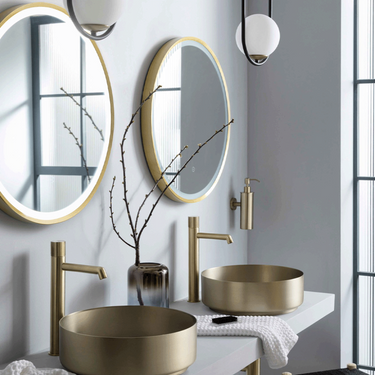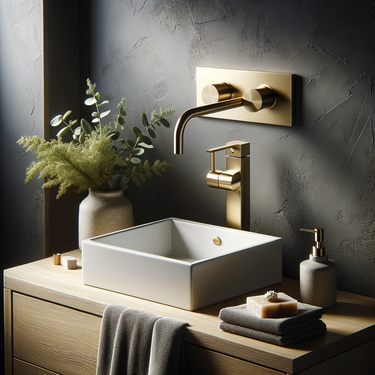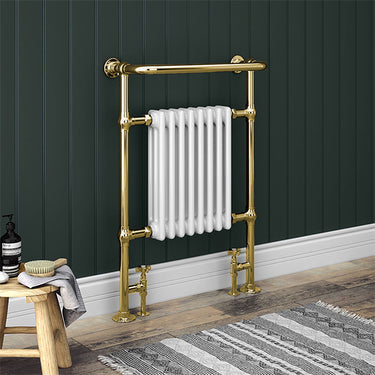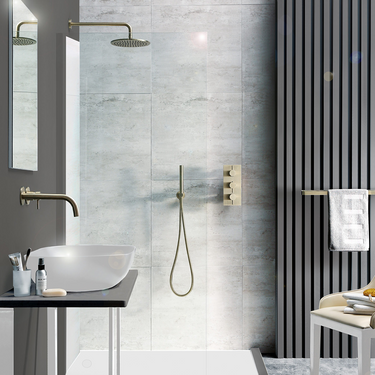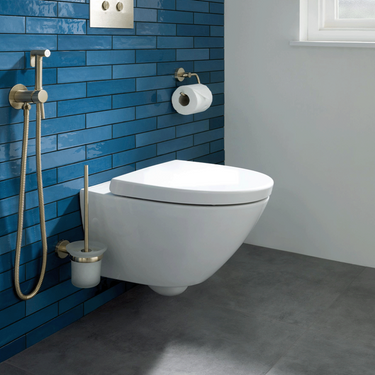Overview:
- 1. Introduction
- 2. How Do Sensor Taps Work?
- 2.1. The Electrical System
- 2.2. Activation and Response Time
- 3. Choosing the Best Sensor Taps
- 3.1. Quality and Materials
- 3.2. Battery vs. Power
- 3.3. Cost-Effective Options
- 4. Common Sensor Tap Problems
- 5. Enhancing User Experience
- 5.1. Proper Sensor Positioning
- 5.2. Visibility and Security
- 6. Conclusion
- Introduction
Sensor taps have revolutionized the way we interact with faucets in washrooms and kitchens. Offering immediate activation and water conservation benefits, they are becoming increasingly popular.
In this comprehensive guide, we will explore how sensor taps work, provide insights into the best options available, troubleshoot common problems, and discuss ways to enhance your sensor tap experience.
2. How Do Sensor Taps Work?
Sensor taps operate on an electrical system that detects the presence of hands or objects within a certain range. Here's a closer look at their inner workings:
2.1. The Electrical System
Sensor taps are equipped with infrared sensors that emit beams of light. When an object, such as your hands, enters the path of these beams, they are reflected back to the sensor. The sensor interprets this reflection as the presence of an object and triggers the water flow.
2.2. Activation and Response Time
The key to a sensor tap's effectiveness lies in its response time. High-quality sensor taps have an immediate response time, ensuring that water flows as soon as you place your hands under the faucet. This immediate activation not only enhances convenience but also conserves water.

3. Choosing the Best Sensor Taps
Investing in a high-quality sensor tap is essential for a reliable and hassle-free experience. Here are some factors to consider when choosing the best sensor taps:
3.1. Quality and Materials
When selecting a sensor tap, opt for models made from durable materials like stainless steel or brass. These materials are known for their longevity and resistance to corrosion, ensuring that your tap withstands daily use and exposure to water.
3.2. Battery vs. Power
Sensor taps can be powered by batteries or connected directly to a power source. Battery-operated taps are convenient but may require frequent battery changes. On the other hand, power-operated taps are more reliable but may necessitate professional installation.
3.3. Cost-Effective Options
For a cost-effective solution, consider value-engineered sensor taps. While they may lack some premium features, they offer reliable functionality at a lower price point, making them suitable for various applications.
Common Sensor Tap Problems and Solutions
4.1. Cleaning and Maintenance
Problem: Over time, sensor taps can become less responsive due to the accumulation of dirt, debris, limescale, and soap residue in the sensor area.
Solution:
- Regularly clean the sensor area with a soft cloth and mild, non-abrasive cleaning products to remove dirt and soap residue.
- Use a commercial limescale remover for more stubborn limescale buildup.
- Ensure that the area around the sensor tap is free from any obstructions, such as paper towels or other objects.
4.2. Limescale and Soap Residue
Problem: Limescale and soap residue can obstruct the sensor's view and reduce its sensitivity.
Solution:
- Use a mixture of vinegar and water to dissolve limescale deposits on the sensor. Be sure to rinse thoroughly after cleaning.
- For soap residue, use a mild detergent and water to clean the sensor, followed by a rinse.
- Consider installing a water softener in your plumbing system to reduce limescale buildup over time.
4.3. Obstructed Functionality
Problem: Objects or debris in the vicinity of the sensor can block the sensor's path, preventing it from detecting motion.
Solution:
- Regularly check the area around the sensor tap to ensure it is clear of any objects or debris.
- Consider using signage to indicate the proper placement of hands for sensor activation.
- If necessary, adjust the positioning of the sensor tap to minimize obstructions.
4.4. Power Problems
Problem: Sensor taps can experience power-related issues, such as drained batteries or loose electrical connections.
Solution:
- If your sensor tap is battery-operated, replace the batteries with fresh ones when they become low or depleted.
- For power-operated taps, ensure that the electrical connection is secure and that there is no damage to the wiring or power source.
- Regularly inspect and maintain the power source to prevent interruptions in power supply.
4.5. Delayed Activation
Problem: Delayed response from a sensor tap can be frustrating and reduce user satisfaction.
Solution:
- Consult the tap's manual for instructions on adjusting the sensor's settings. Often, you can increase the sensitivity to ensure immediate activation.
- Consider resetting the sensor to its factory settings, which can help resolve minor glitches causing delays.
4.6. Excessive Water Flow or Leakage
Problem: Sensor taps may sometimes exhibit excessive water flow or leakage, leading to water wastage or potential damage.
Solution:
- Adjust the water pressure settings on the tap or plumbing system to regulate the flow.
- Inspect and replace faulty components, such as gaskets or seals, to prevent leakage.
- Ensure that the tap is properly installed and all connections are secure.
By addressing these common problems and following the recommended solutions, you can maintain the functionality and reliability of your sensor tap, ensuring a consistent and efficient user experience. Regular cleaning and maintenance are key to preventing many of these issues and extending the lifespan of your sensor tap.
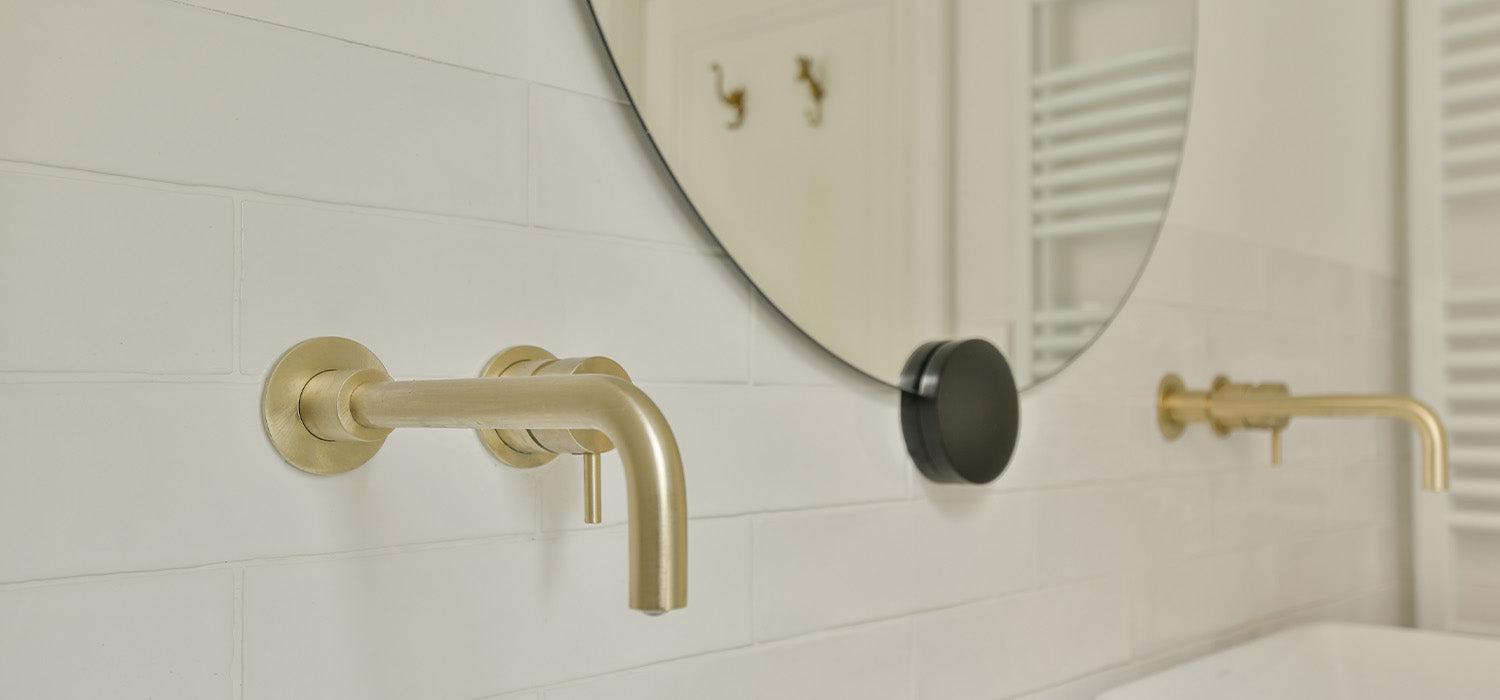
4.7. Sensor Tap Not Activating
Problem: The sensor tap fails to activate when you place your hands or objects under it.
Solution:
- Check for power issues: Ensure that battery-operated taps have fresh batteries, or that the power source is functioning correctly for wired taps.
- Clean the sensor: Clean the sensor area to remove dirt, limescale, or soap residue that might be obstructing the sensor's view.
- Adjust sensitivity: If the tap has sensitivity settings, try increasing them to improve detection.
4.8. Excessive Activation
Problem: The sensor tap activates too frequently, leading to water wastage.
Solution:
- Adjust sensitivity: Decrease the sensitivity settings on the tap to reduce false activations caused by nearby movement.
- Consider a time delay setting: Some sensor taps allow you to set a time delay between activations to prevent continuous use.
4.9. Inconsistent Water Temperature
Problem: Sensor taps may deliver water at varying temperatures, which can be uncomfortable for users.
Solution:
- Consult a professional plumber to ensure that the tap's temperature control mechanism is functioning correctly.
- Consider using a thermostatic mixing valve in conjunction with your sensor tap to maintain a consistent water temperature.
4.10. Sensor Tap Leaking from the Handle or Spout
Problem: Water may leak from areas other than the spout, such as the handle or base of the tap.
Solution:
- Inspect and replace worn-out gaskets, O-rings, or seals that may be causing leaks.
- Tighten loose connections or fasteners on the tap to prevent water from escaping.
4.11. Sensor Tap Not Turning Off
Problem: The sensor tap does not turn off after use, leading to water wastage and potential flooding.
Solution:
- Check for obstructions: Ensure that there are no objects or debris blocking the sensor's path or preventing it from detecting that the user has moved away.
- Inspect the solenoid valve: The solenoid valve may be malfunctioning and require replacement. Seek professional assistance for this issue.
4.12. Low Water Flow
Problem: The sensor tap provides a weak or low water flow, reducing its effectiveness.
Solution:
- Verify water pressure: Ensure that the water pressure in your plumbing system is adequate for the sensor tap's specifications.
- Clean the aerator: Remove and clean the tap's aerator to remove any debris that might be blocking water flow.
4.13. Unexpected Activation Due to Ambient Light
Problem: Sensor taps can sometimes activate due to changes in ambient light conditions.
Solution:
- Adjust the tap's sensitivity settings to minimize false activations caused by changes in light.
- Consider tap models with advanced light-filtering technology to prevent interference from ambient light.
6. Conclusion
In conclusion, sensor taps offer convenience, water conservation benefits, and efficient functionality. Understanding how they work, choosing the right tap for your needs, and addressing common problems through maintenance can ensure their continued reliability.
Invest in a reliable sensor tap, follow proper cleaning procedures, and consider optimal positioning for the best user experience. By doing so, you can enjoy the benefits of sensor taps while reducing operational costs and water consumption in your facility or home. For a reliable and cost-effective solution, sensor taps are an excellent choice.
How do you see sensor taps evolving in the future to further benefit our daily lives?
other related blogs:































































































































